Mobile technology has been the focal point for many of us over the past two decades. Laptops overtook desktop computers in the early 2000s, followed by the unprecedented rise in smartphone adoption that has given the average person the ability to walk around with an extremely-powerful computing device in their pocket at all times.
Even though 2020 has been a year in which we have all spent more time at home than is years past, smartphones have still been an invaluable tool for communication, entertainment, gaming, and even work. But a smartphone isn’t the perfect tool for every job.
Despite their immense computing power and new devices like the Galaxy Fold2 from Samsung that transform from a smartphone into a tablet, smartphones still aren’t the perfect tool for everyone. Laptops are usually my go-to form factor for most of my writing, photo and video editing, especially while traveling. But since 2020 has limited how much time I spent outside of my home office, I thought I’d get a taste for what a desktop workstation is capable of these days and if the investment in such a device is truly worth it.
Finding a good desktop for video editing is quite easy since all you really need is a fast processor and a powerful graphics card. The hard part is finding one that doesn’t look like it belongs in a drab corporate office or a teenager’s bedroom. After an extensive search and a personal recommendation, I landed on the MSI Prestige P100. Powered by an Intel i9-10900K Processor with 32GB of 2933MHz DDR4 RAM and an MSI GeForce RTX 2080 Super, the Prestige P100 has more than enough power for my video editing needs but was also perfectly suited for high-end gaming as well.
I’d like to point out that the design of the P100’s case is by far one of the best I’ve seen in quite some time. The tower is a bit tall, but it’s extremely thin, allowing it to sit on top or below your desk without taking up too much space. MSI also did a great job of giving it a sleek and modern look with customizable LED lighting on the outside without making it feel look like a gaudy gaming case.
The MSI Prestige P100X comes with a white keyboard and mouse that match the design of the case. The quality is decent on both, but since I prefer a near-silent typing experience and love my Logitec MX Master 2S mouse, I stuck with the peripherals I use on a daily basis.
When it comes to performance, the P100 is no slouch. The difference between this desktop workstation and my 2-year-old Huawei ultrabook is staggering. Editing 4k video on my laptop was never an issue, but it would slow down significantly if my video timeline exceeded the 7-8 minute mark. Adding text and graphic overlays on top of that was always an exercise in frustration, but it would eventually power through.
By contrast, the MSI Prestige P100 never seemed to mind how long my video projects were or how complex my timelines looked. The extra power offered by the graphics card and processor deserves most of the credit, but having 32GB of RAM definitely helped as well. Video exports on the P100 were usually 3-5 times faster since it was able to take advantage of the GPU with Adobe Premiere Pro’s hardware acceleration feature. Cutting render times from 25 minutes to under 7-8 minutes is quite significant, allowing me to move on with my workflow rather than having to wait around nearly half an hour.
With such a small case, I was expecting the Prestige P100 to be a bit louder than it actually was. I was surprised by how cool the system was, even under heavy workloads while editing and gaming. The loudest the fans ever got was 37dB, but it usually sat around 31dB. That’s quiet enough to keep the P100 on top of the desk, but since I record voiceover audio for some of my videos and podcast on a regular basis, it sat quietly under my desk where it barely made a sound.
The main reason the Prestige P100 is so quiet is due to the design of the case. The processor, graphics card, and power supply are all housed in their own compartments with direct venting through perforations through the side panels. This allows the heat to dispense from both sides of the case, splitting the noise from the fans in both directions as well.
While this design does wonders for maximizing performance and keeping the noise down, it does make for cramped internal compartments. Due to the tight fit, upgrading the RAM does require the CPU’s fan to be removed first and the limited space and separate compartment mean it’s practically impossible to upgrade to a water cooling system. Swapping out the graphics card would be the easiest upgrade to perform on this device and the 650-watt module power supply has more than enough headroom if you’re planning to upgrade in the future.
Final thoughts
If you’re into building your own desktop computer or don’t need a powerful machine for video editing or gaming, the MSI Prestige P100’s $2500 price tag may seem a bit much. That being said, the Intel i9-10900K and MSI GeForce RTX 2080 Super will set you back at least $1700, making the Prestige P100’s sound a bit more reasonable. If you’re not looking to hassle with a custom-built PC, the MSI Prestige P100 is a great option, delivering superb performance with just the right amount of style to stand out.
MSI Prestige P100 Rating: star_fullstar_fullstar_fullstar_fullstar_50 (4.4 / 5)
The Good
- Sleek design
- Great performance
- Extremely quiet
The Bad
- Pricey
- Not easy to upgrade
Related articles
- MSI GF65 2020 review: gaming on tight budget
- Lenovo IdeaPad 3 Chromebook Review: Less than $200 goes a long way
- Lenovo Chromebook Duet review: so small, but just right

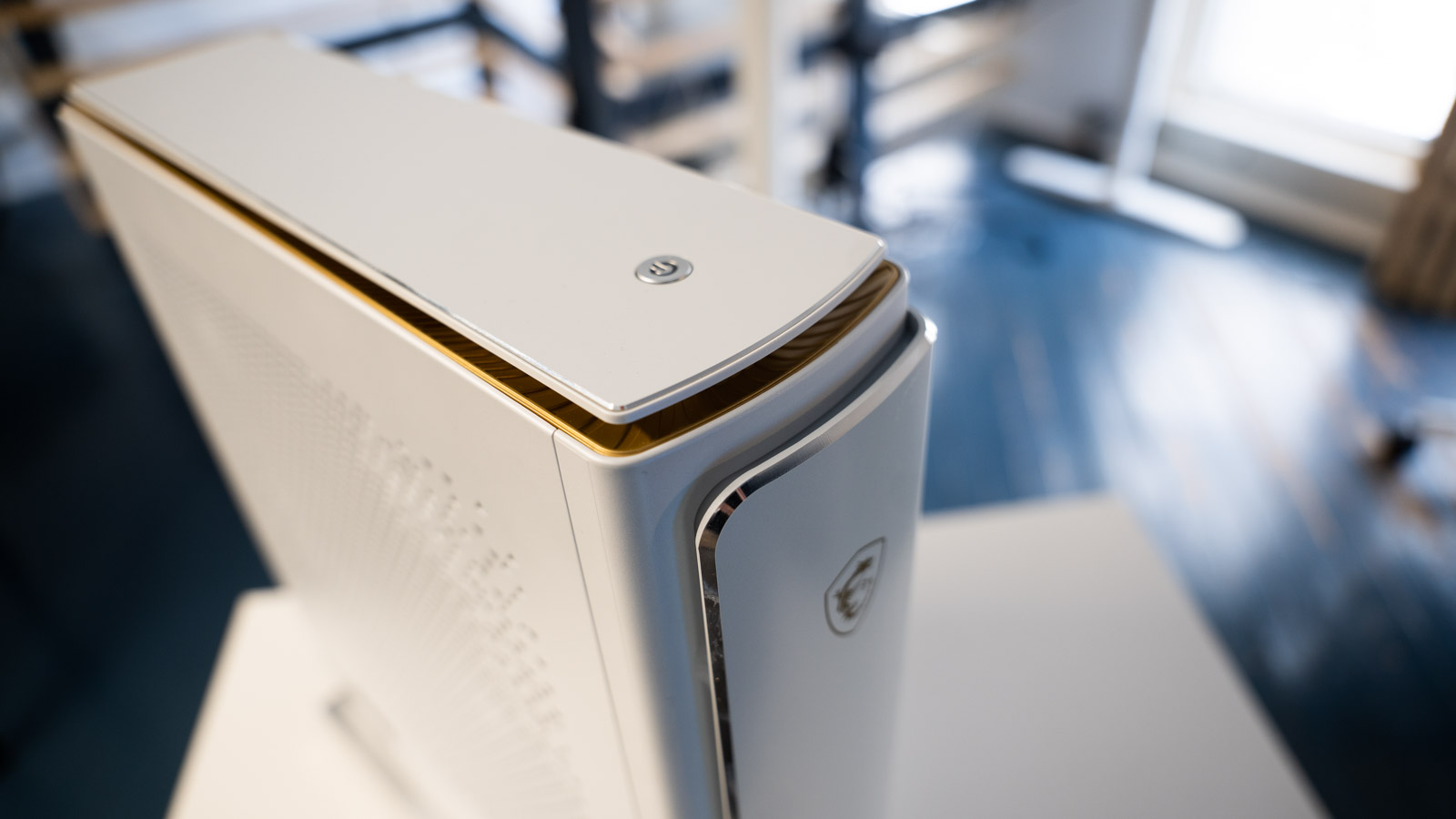
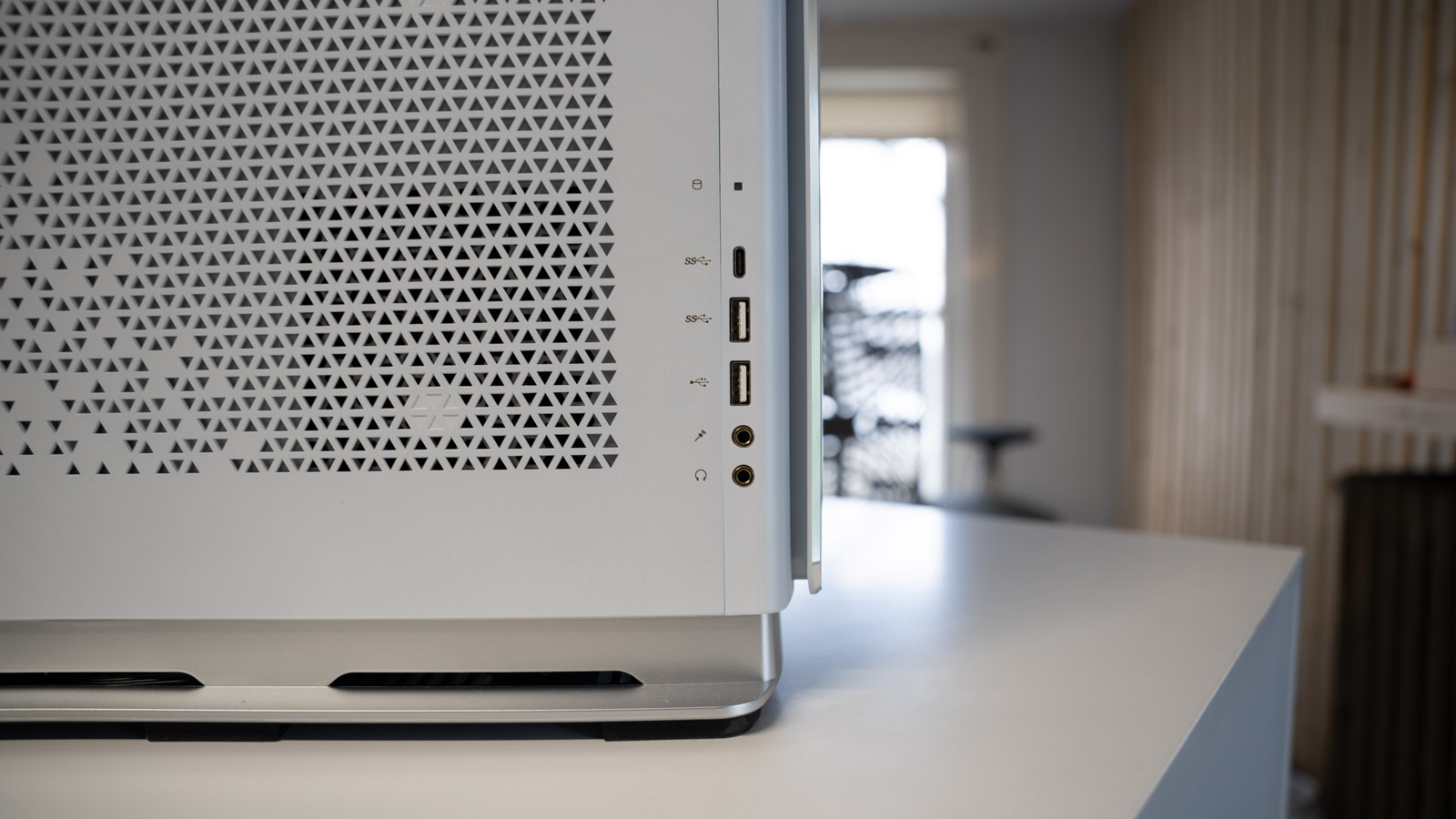
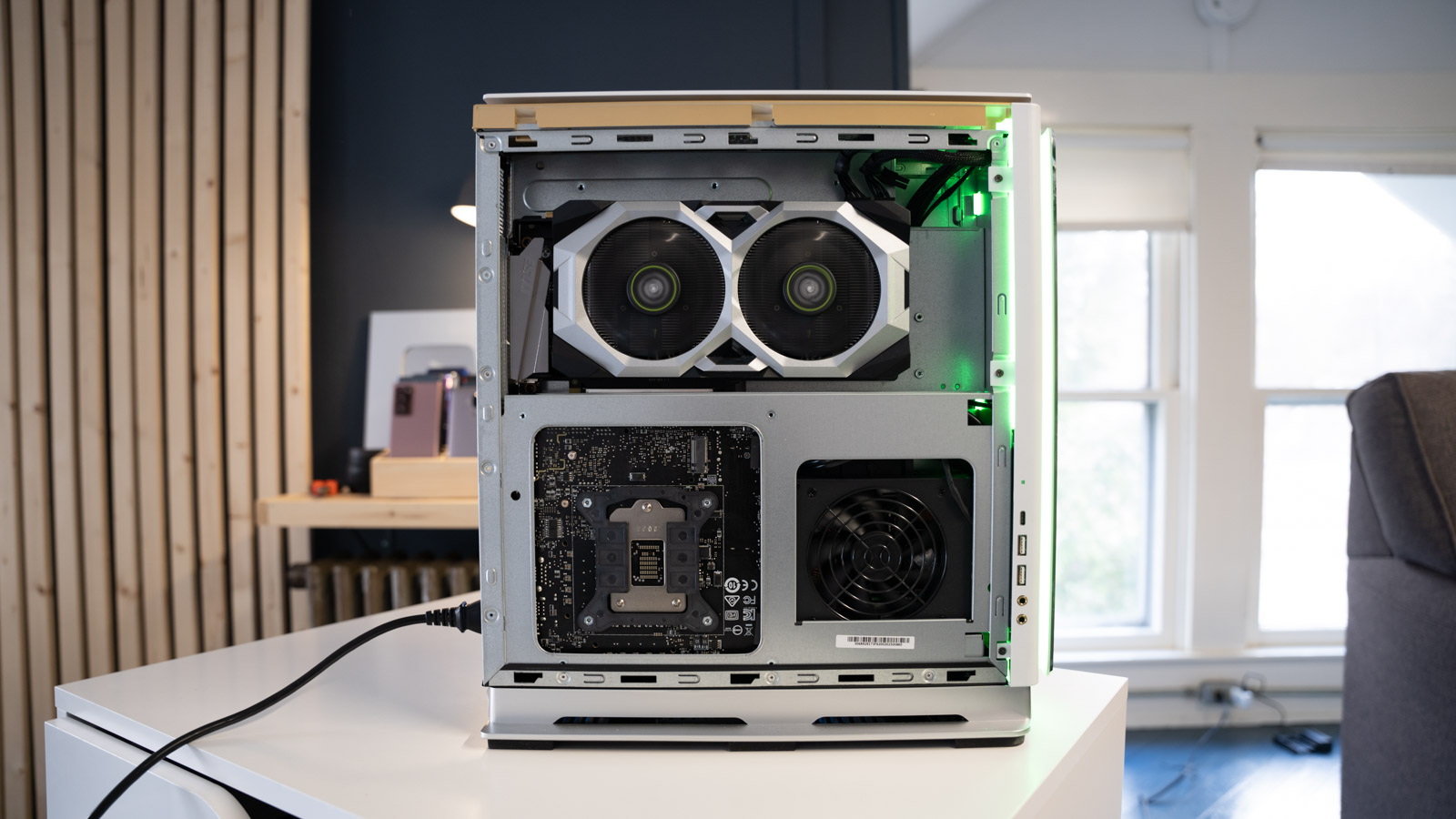
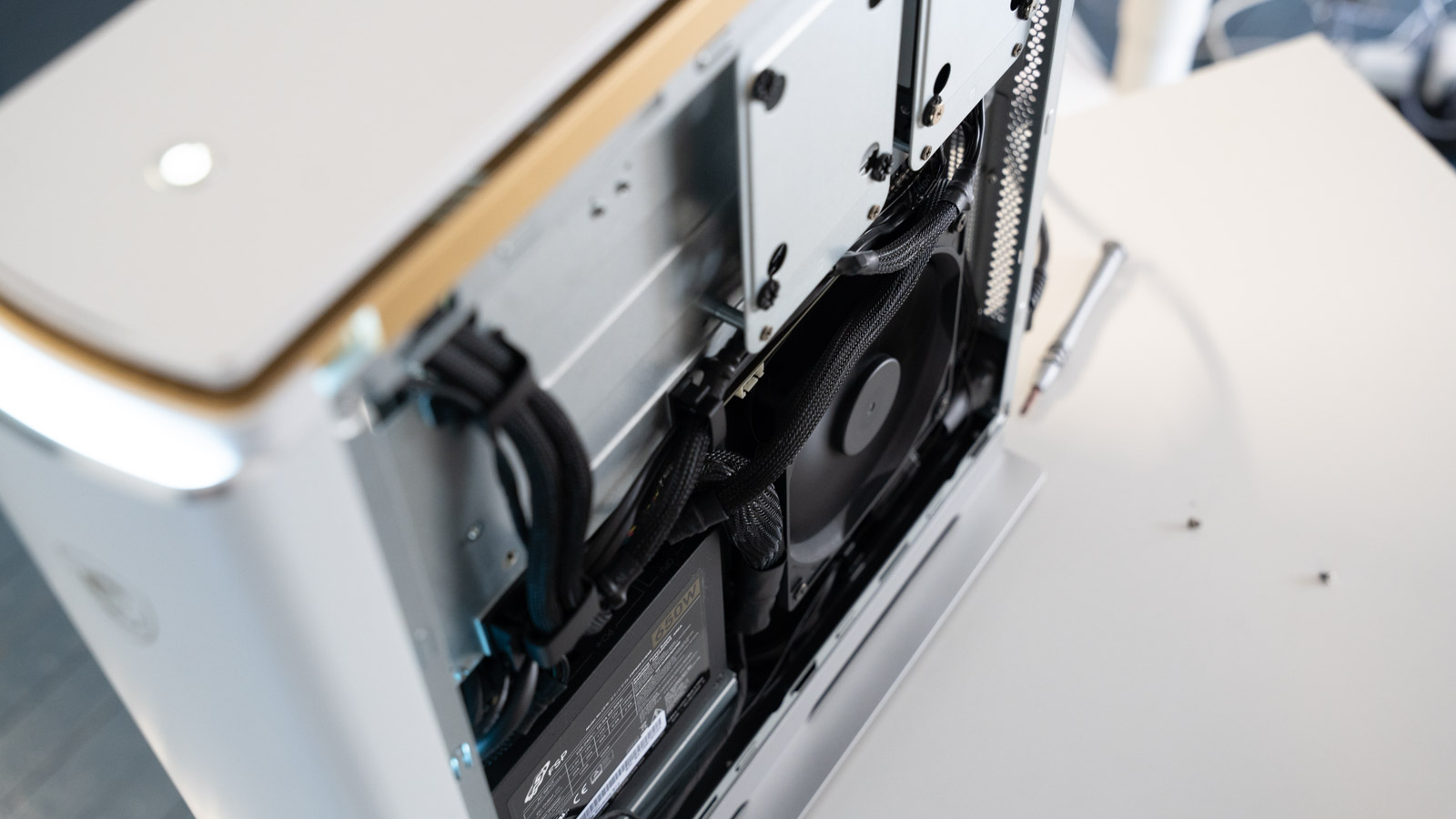
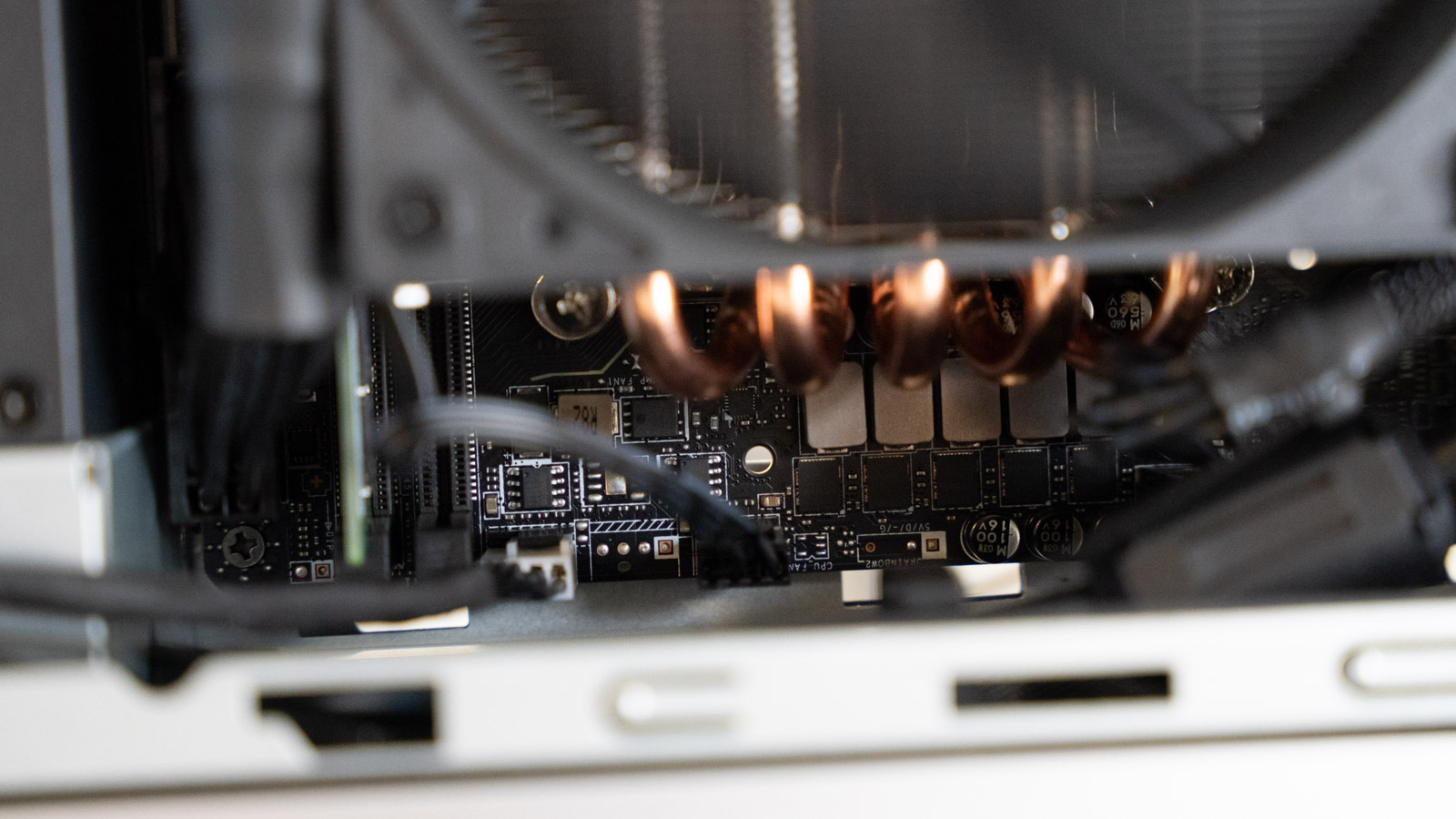

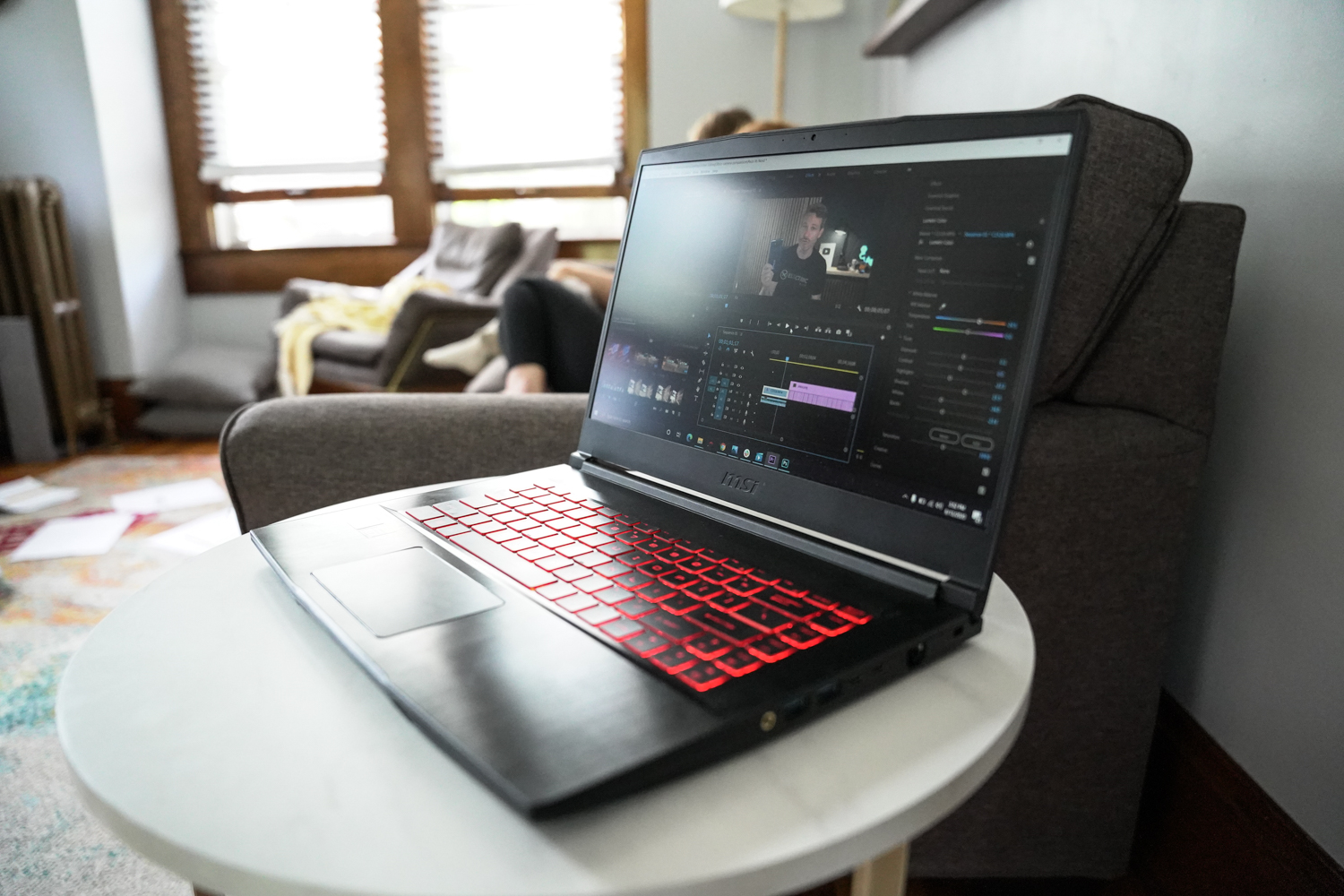





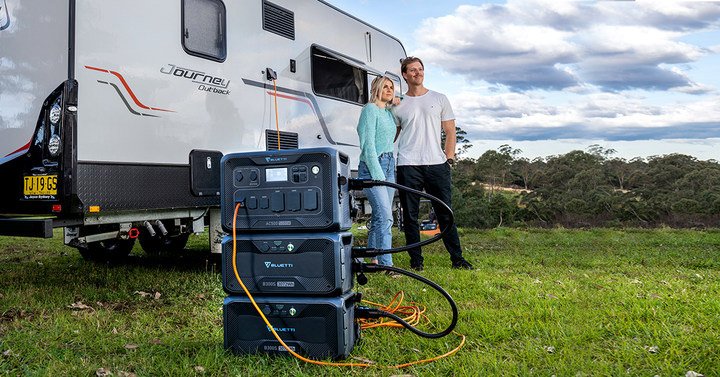

Comments